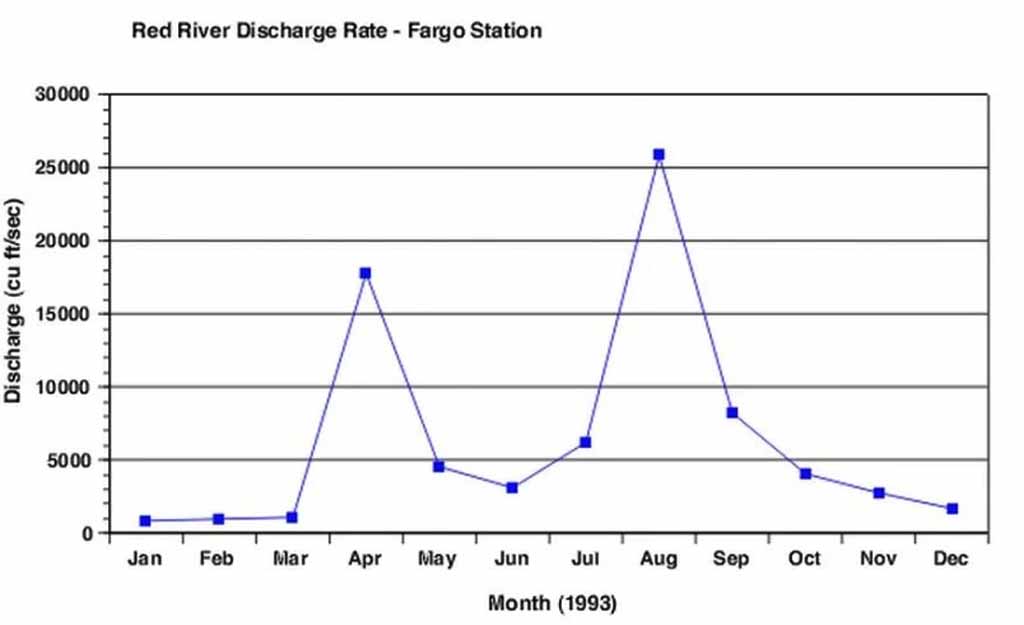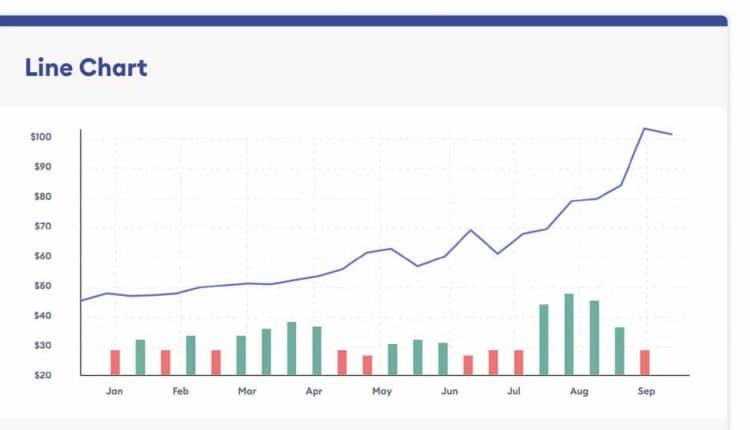Examining the Effectiveness of Line Chart Uses in Business
In the complex world of business, the impact of clarity, visual references, and data interpretation cannot be underestimated. Line charts play a pivotal role in providing this transparency, and enhancing decision-making processes.
Join us as we delve deeper into the world of line chart uses and their significance in the business realm. Below, we will explore some key aspects surrounding their usage.
Table of Contents
Understanding Line Charts in Business Frameworks
In the heart of scrutinizing business data, line charts are a simplistic yet profound way to encapsulate trends, patterns, and changes over time. These diagrams help discern the relationship between different datasets, often used to track changes over intervals such as days, weeks, months, or years.
The utilization of line charts can reveal significant trends and patterns, which can lead to more effective business strategies. Navigating through the world of line charts may appear complicated; however, understanding its fundamental principles can set a sturdy foundation.
An essential element of line charts is their ability to showcase temporal trends, which can be crucial for business frameworks. For instance, line graphs can be utilized to display the growth progression of a business over time.
In business, line charts can be seen in action in different areas like finance, economics, and even in project management, where a visual representation of data can facilitate efficient decision-making.
Significance of Line Charts in Business Decision-Making
Business decision-making often relies on extracted data patterns, trends, and foresight. In this context, line charts become invaluable as they provide visual aids to improve perception and understanding.
The theories of business principles mention the importance of monitoring and forecasting trends, and line charts provide the medium to accurately determine these trends. This often leads to an intuitive finding and understanding, which is highly advantageous in the business world.
Line charts have the flexibility to capture and illustrate a considerable amount of data in a clear, concise manner, which can be crucial in decision-making processes. Businesses often find this to be an optimal way of demonstrating growth metrics, customer behavior trends, and financial analysis.
Inefficiency in interpreting data can often lead to miscalculated business decisions, and line charts mitigate this risk by providing an at-a-glance understanding of the overall situation. Hence, the significance of line charts in the business decision-making process is undeniable.
Boosting Business Intelligence With Efficient Line Chart Usage
Business intelligence (BI) thrives on the mechanism of collecting, integrating, analyzing, and presenting business information. Line charts prove to be an efficient tool in this process, offering a clear visual summary of large amounts of data, making it easier to identify trends, outliers, and patterns.
With techniques such as predictive modeling, BI can benefit significantly from line charts. These graphs help pinpoint problems that may not have been identifiable in raw data, promoting proactive decision-making.
Boosting BI with line charts can result in informed strategic planning, increased operational efficiency, identifying market trends, and obtaining a competitive market advantage. Efficiency is key in BI, and line charts provide just that.
The marriage of line charts and BI can lead to agile and intelligent business processes, helping organizations to remain dynamic and competitive in their respective industries. Line charts, hence, affirm their place as a powerful tool in the arsenal of business intelligence.
Altogether, line charts’ role is irrefutable in deciphering complex data sets, predicting trends, and making informed decisions. Their applications are far-reaching and versatile, making them a staple tool in the business realm, boosting business intelligence, and enhancing operational efficiency.


